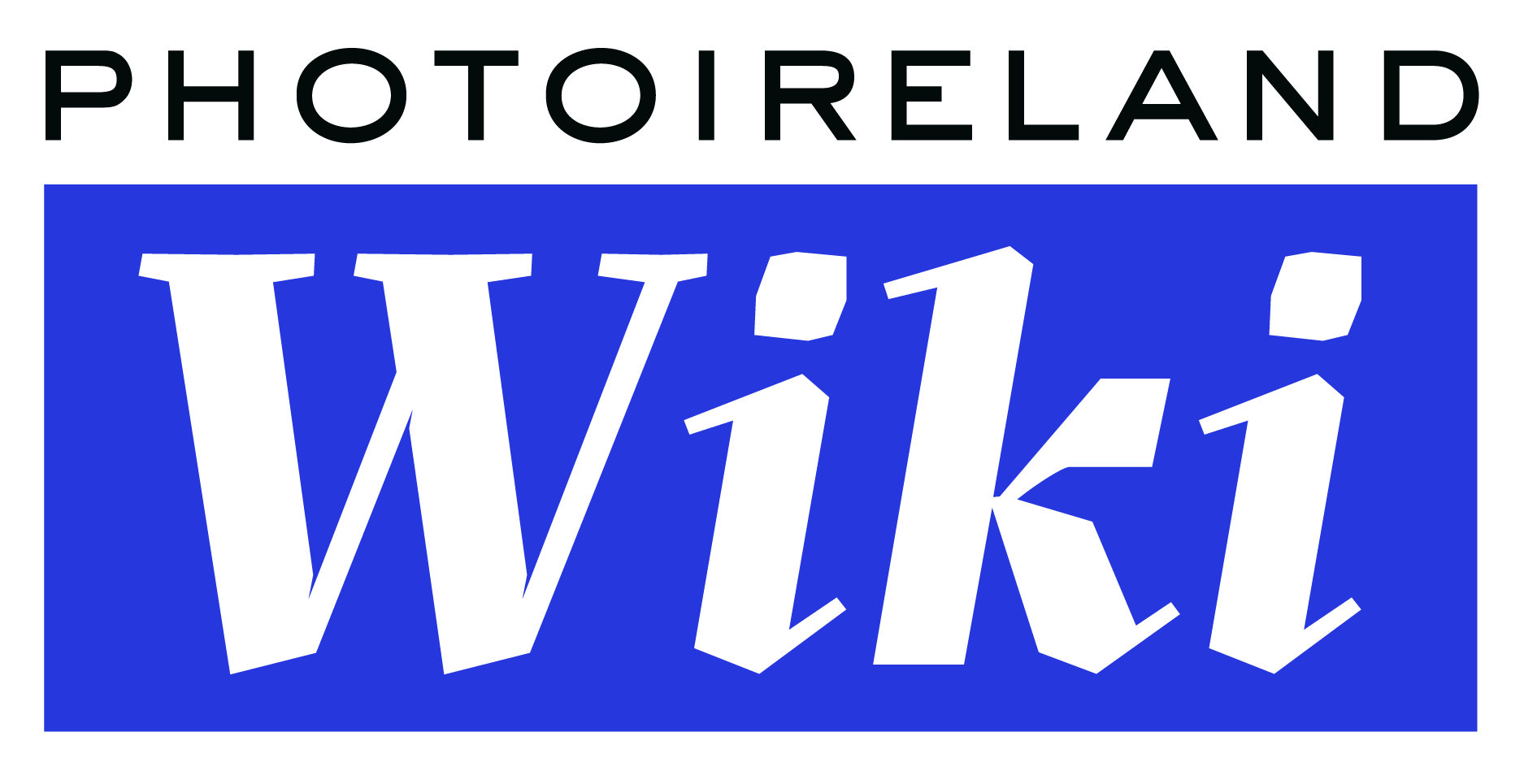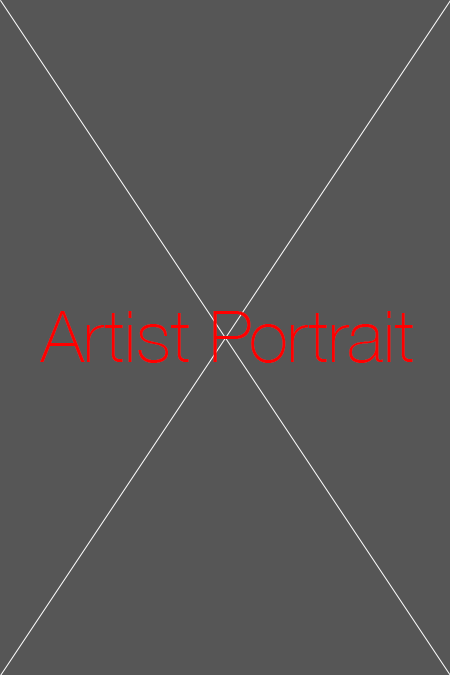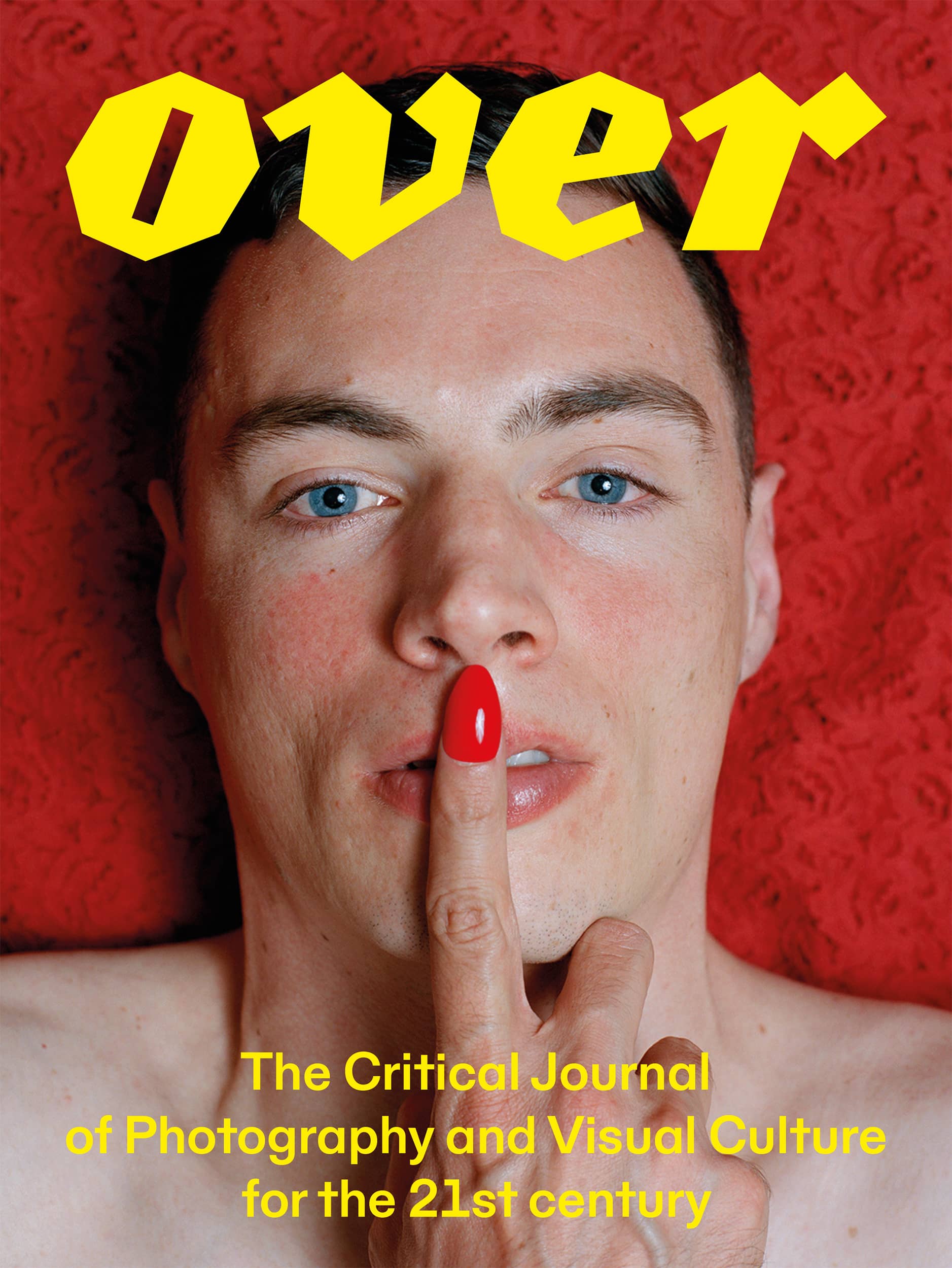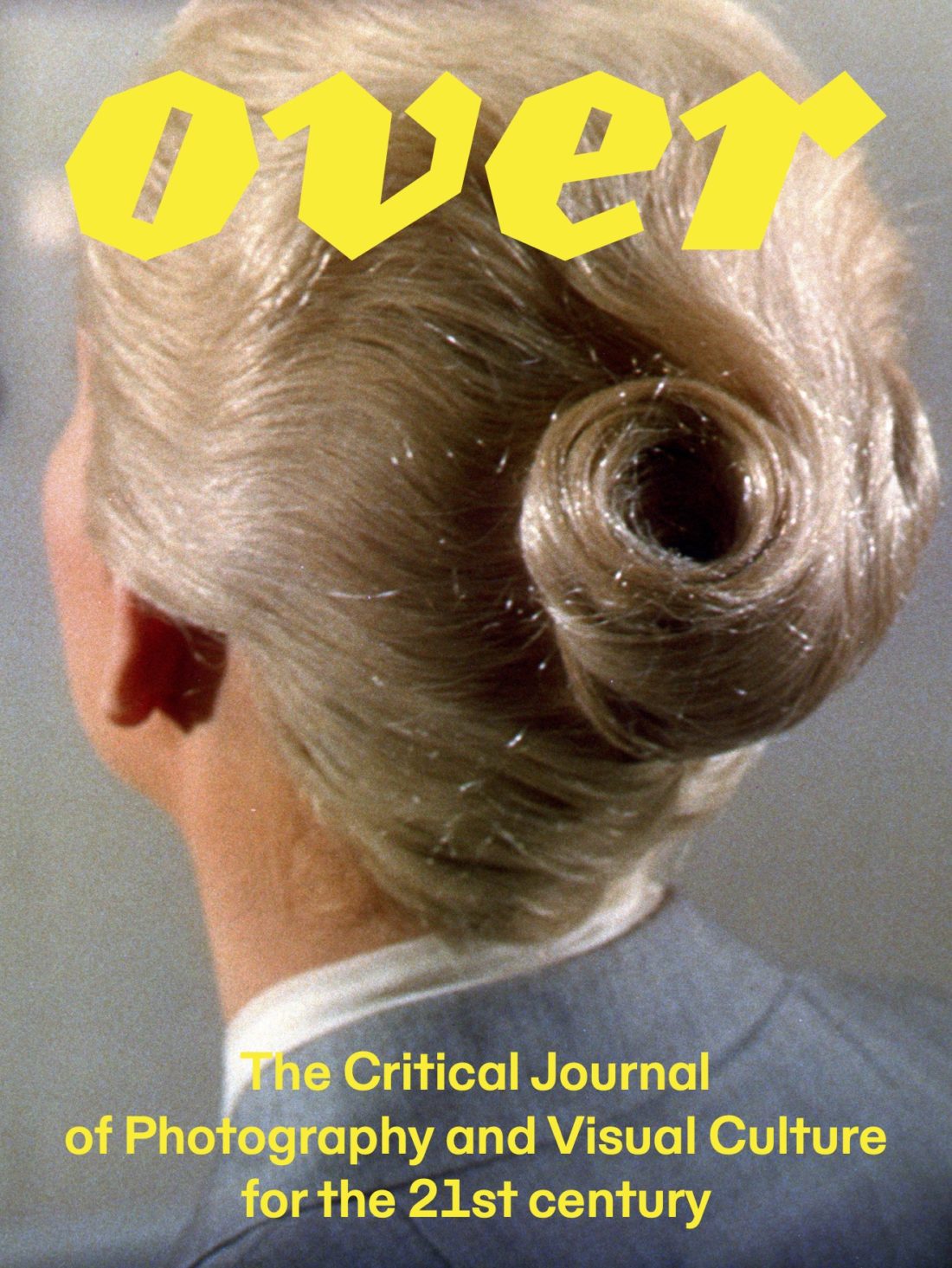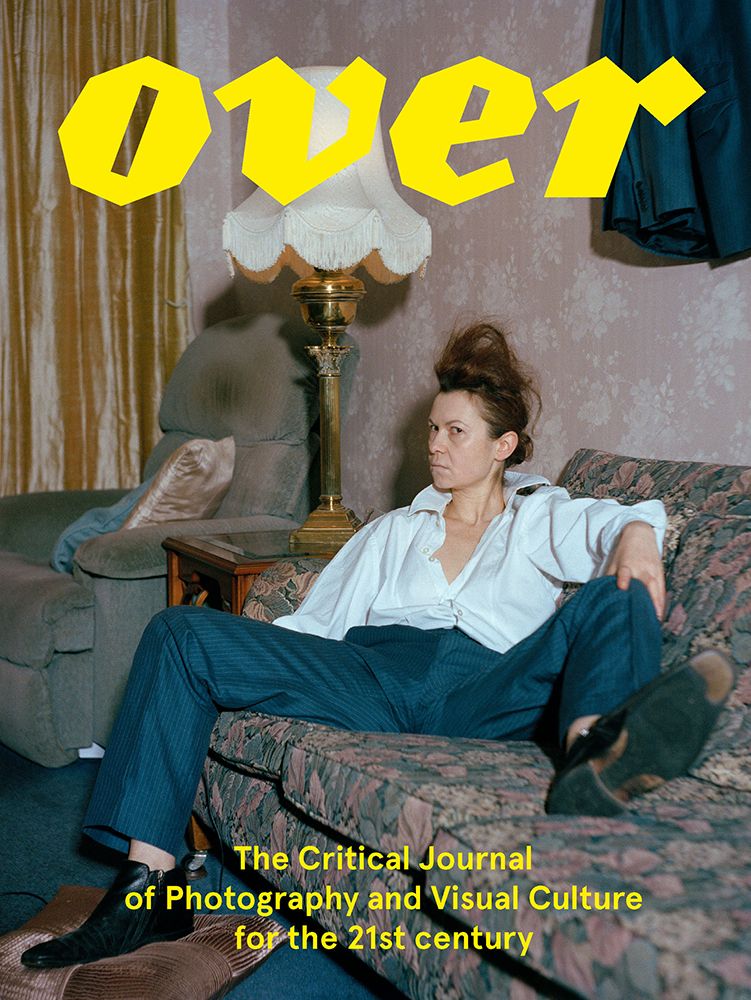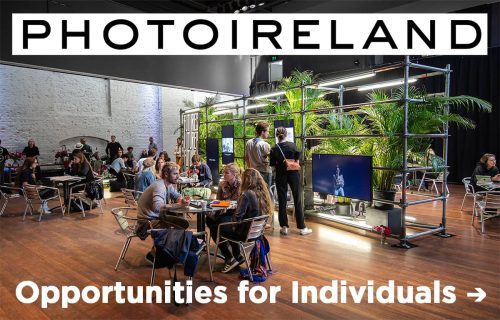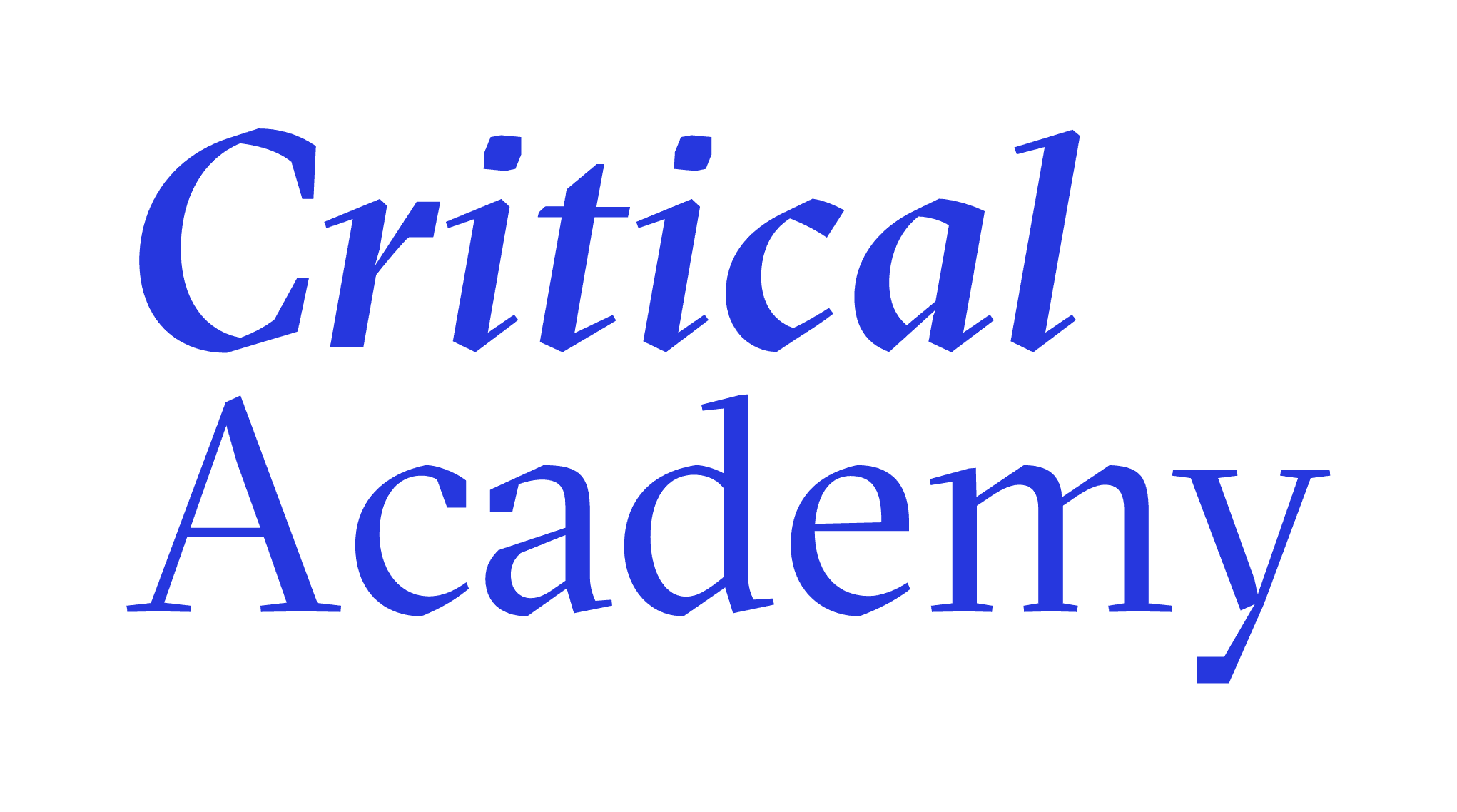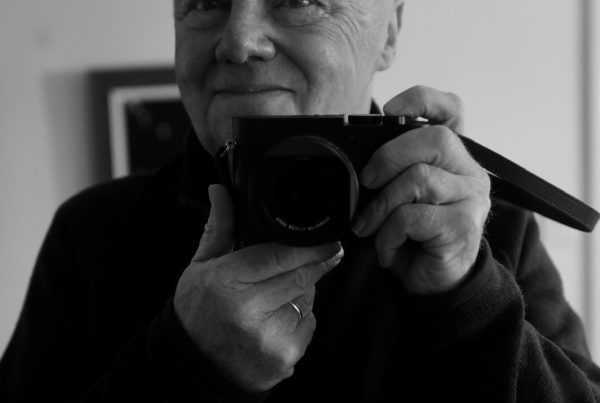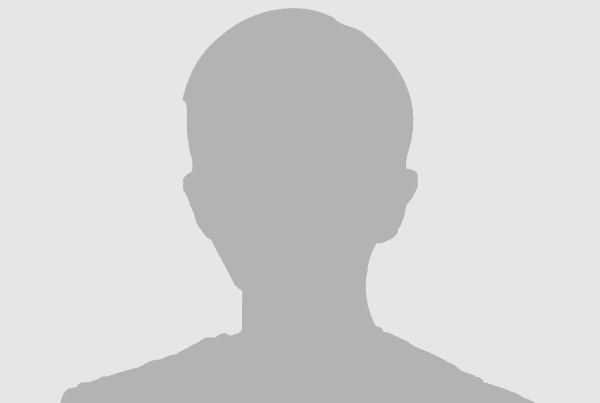
This page is under construction. If you wish to add information to it, read the instructions here.
Anna Rackard works as a photographic artist and as a set designer in the film industry. Since 1992 Anna has worked on over 30 films including Ondine, Stella Days, The Butcher Boy, Braveheart and King Arthur. In 2010 she won an IFTA for her design work on ‘Ondine’ and again in 2012 for ‘Stella Days’. She returned to college in 2003 to study a degree in photography in DIT. Since then she has shown in group exhibitions in the RHA Annual, The Gallery of Photography, Eigse and The Purdy Hicks Gallery in London. In 2001 she published a book on the Holy Wells of Ireland with the artist Liam O’Callaghan, she co-directed a documentary for TG4 on the same subject in 2004. Her photographic work explores a number of different themes including Irish identity in the ‘Postcard’ series, and women’s identity in the ‘Farmers’ series. Her most recent project, a series of portraits of people asleep called ‘sometimes we tenderly watch the sleeper’, attempts to capture people in one their most unguarded and intimate everyday moment.1
Bio & Career
Anna works as a feature film, TV drama and commercials production designer. Her feature films include Love & Friendship, Stella Days and Ondine. She won an Irish Film & Television Award in 2010 for Ondine and again in 2012 for Stella Days. Her television drama work includes A Dangerous Fortune for ZDF, Foyle’s War for ITV and George Gently for the BBC. In 2001 she published a book, Fish Stone Water on the holy wells of Ireland and in 2004 co-directed a documentary on the same subject called An Tobar. Anna maintains a fine art photography practice alongside her film career. In 2014 her photographs were part of Second Sight, a group exhibition from the David Kronn collection, shown at the Irish Museum of Modern Art in Dublin and the Butler Gallery in Kilkenny. She recently had a solo show of photographs from the series Under into Somewhere in the Cross Gallery, Dublin.2
Exhibitions
Solo exhibitions
- 2016, Under into Somewhere, Cross Gallery, Dublin.
- 2009, Invited Artist Eigse, Carlow, solo show
- 2007, Farmers, Purdy Hicks Gallery, London.
- 2006, Farmers, at the Rathmines Town Hall, Dublin.
Group exhibitions
- 2016, RHA Annual Exhibition, RHA Gallery, Dublin.
- 2015, Portraits from the David Kronn Collection, The Butler Gallery, Kilkenny
- 2014, Second Sight, The David Kronn Collection, Irish Museum of Modern Art,
- 2014, RHA Annual Exhibition, RHA Gallery, Dublin
- 2013, RHA Annual Exhibition, RHA Gallery, Dublin
- 2008, 30 Contemporary Collection, Gallery of Photography, Temple Bar, Ireland
- 2007, Farmers, Purdy Hicks Gallery, London. solo show,
- 2007, Photo-London Art Fair, RHA, London.
- 2006, Summer Exhibition, Purdy Hicks Gallery, London
- 2006, Photo-London Art Fair, RHA, London as part of the Purdy Hicks Stand.
- 2006, Other Visions, Purdy Hicks Gallery, London
- 2006, RHA Annual Exhibition, Invited Artist.
- 2004, RHA Annual Exhibition
- 2003, RHA Annual Exhibition
Projects
- Farmers (Year) (Listed chronologically)
‘Farmers’ is an exploration of contemporary rural identity in Ireland. Specifically it examines the role of women in farming and their invisibility within the family farm. Women have always been involved in farming in Ireland, usually as a spouse, sister or daughter.
Studies show that despite the process of modernisation rural farming identity is still based on a traditional, patriarchal construct – the visible representation of the family farm is usually of the male farmer who owns the land, is subject to taxation and entitled to social security. Most rural women have no legal or professional status unless they are farm owners. A report published by the NDP Gender Equality Unit in 2002 showed that two-thirds of men owned their farms through inheritance, compared with one twelfth of women.
Despite the level of input a woman (usually a wife) put in on a farm she would more often be classified as ‘farmer’s wife’ instead of ‘farmer’. The women in ‘Farmers’ are not meant to be archetypes, it is not a survey of all women farmers, but it is a sample of some of the people who fall into that category. Some of these women farm with their husbands, others farm with a daughter or a son and some farm on their own. Some of them own their farms jointly with their spouse, some inherited the farm through being widowed and others inherited from a parent or other relative. The point is not how much work an individual woman may contribute to an individual farm but that they do contribute (on a national level) to the farming labour force and that their work, no matter how many or few hours should be recognised as farm work, and the women themselves as farmers.
3
- “Anna Rackard” Pallas http://pallasprojects.org/artist/anna-rackard
- “Info” Anna Rackard https://www.annarackard.com/pages/info
- “Farmers” Anna Rackard https://www.annarackard.com/portfolio/farmers
